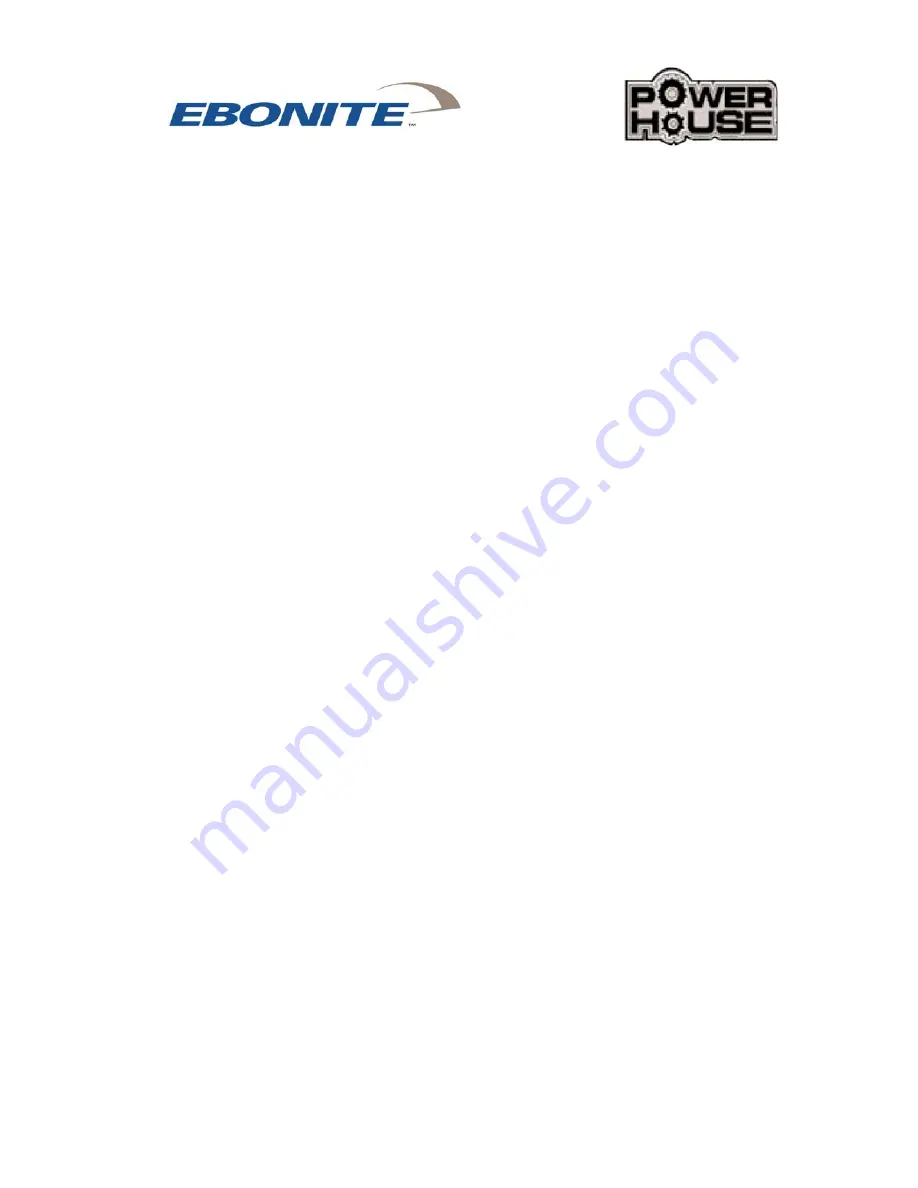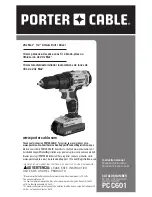
away from you. If you want left lateral the ball will move to the right, if you want right
lateral the ball will move left. As an indicator for right and left if you look at the ruled
scale on the front of the machine left will be left of zero and right will be right of zero.
6.
Place the bit in the chuck for the ring finger as that will be the first hole drilled. We start
with the ring finger first as it is generally the smaller of the fingers and if you were to
select the wrong bit it can be fixed with out needing to plug the ball. There are two
preferred methods of drilling a ball. We recommend drilling fingers first for the
following reasons. A Fingers first provides a safety net as if you miss a line while
drilling the fingers you can compensate before drilling the thumb with compromising
the accuracy. When drilling fingers first it allows you to drill grip holes and place the
grips in the hole then pull a thumb span by using a span tool and making an arc from
each hole with the finger grips in place. This means you only need to worry about the
full span and not have to subtract the thickness of the grips from the span when
marking the ball. This process allows for more accuracy and saves time in the drilling
process.
7.
Align the bit to the bridge line first. This can be done by rotating the chuck with your
hand until the blade on the bit is left to right. Then loosen the to lateral lock knobs on
the front of the jig and rotate the jig left to right until the edge of the bit is on the line.
( Remember you can bring the bit close the ball and tighten the quill lock so that both
hands are free) Tighten the lateral locks. Next turn the chuck by hand until the blade is
front to back, then loosen the side locks and rotate the jig forward or back until the
edge of the bit is on your line and tighten the outside lock knobs.
8.
Drill the ring finger hole to the desired depth. We recommend 1 1/2” deep for finger
tips weather using grips or not. This allows enough room for most grips to be installed
with out the need for cutting them. It also will keep the amount of weight removed
from the fingers close to the same as the thumb making it less likely to make an error
in the balance of the ball.
9.
Next change the bit the desired size for the middle finger.
10.
Set the pitches for the middle finger
11.
Align the bit to the lines by moving the jig
12.
Drill the hole to the desired depth
13.
Remove the drill bit and if using finger inserts place them in the ball. ( Do not loosen
the safety plate) Next using your span tool if you have already marked your thumb
span on the ball take a moment to double check making sure your line is still correct. If
REV A 12-2-05 11












































